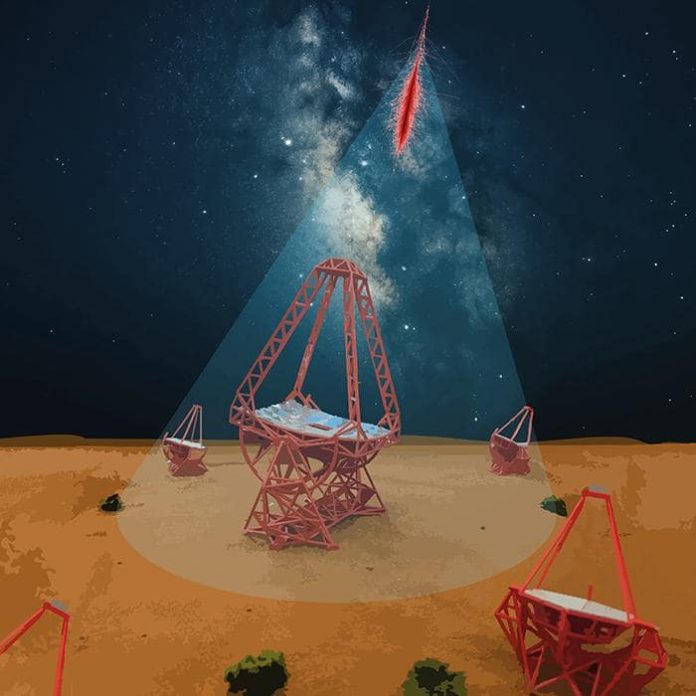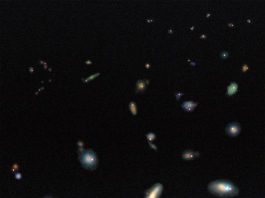H.E.S.S. collaboration scientists have obtained new information about the origin of cosmic rays, which is currently a little-known scientific phenomenon.
Discovering the origin of cosmic rays is complicated because they are constantly buffeted by the magnetic fields present everywhere in the Universe and impact the Earth isotropically or from all directions.
“This is an important result, as we can conclude that the measured cosmic rays most likely originate from very few sources in the vicinity of our own solar system, up to a maximum of a few 1000 light years away, a very small distance compared to the size of our Galaxy,” explained Kathrin Egberts, from the University of Potsdam, one of the corresponding authors of the study.
Difficulties detecting the origins of cosmic rays
In the Universe, cosmic rays, also known as charged particles, lose some of their energy along the way, when they interact with light and magnetic fields.
These energy losses are especially significant for the most energetic electrons and positrons, known as cosmic-ray electrons (CRe), whose energy exceeds one teraelectronvolt (TeV) (i.e. 1000 billion times greater than that of visible light).
Therefore, it’s impossible to determine the point of origin of these charged particles in space. Their detection on Earth clearly indicates that there are powerful cosmic-ray particle accelerators in its vicinity.
However, detecting electrons and positrons with energies of several teraelectronvolts is particularly challenging. Space-based instruments, with detection areas of around one square metre, can’t capture sufficient numbers of such particles, which become increasingly rare the higher their energy.
Ground-based instruments, on the other hand, indirectly detect the arrival of cosmic rays via the showers of particles they produce in the Earth’s atmosphere. They are faced with the challenge of differentiating the showers triggered by cosmic-ray electrons (or positrons) from the much more frequent showers produced by the impact of the heavier cosmic-ray protons and nuclei.
H.E.S.S Observatory’s groundbreaking technology can overcome these difficulties
The H.E.S.S. Observatory uses five large telescopes to capture and record the faint Cherenkov radiation produced by the heavily charged particles and photons that enter the Earth’s atmosphere, producing a shower of particles in their wake.
Although the Observatory’s main purpose is to detect and select gamma rays to investigate their sources, the data can also be used to search for cosmic ray electrons.
In the most extensive analysis ever carried out, H.E.S.S. collaboration scientists have now obtained new information about the origin of these particles. They did this by combing through the huge data set collected over the course of a decade by the four 12-metre telescopes, applying new, more powerful selection algorithms capable of extracting the CRe from the background noise with unprecedented efficiency.
This resulted in an unrivalled set of statistical data for the analysis of cosmic ray electrons. More specifically, the H.E.S.S. researchers were able to obtain for the first time data about cosmic rays in the highest energy ranges, all the way up to 40 TeV.
This enabled them to identify a surprisingly sharp break in the energy distribution of the cosmic ray electrons.
Professor Hofmann from the Max-Planck-Institut für Kernphysik and co-author of the study stated: “We were able to put severe constrains on the origin of these cosmic electrons with our detailed analysis for the first time.
“The very low fluxes at larger TeV limit the possibilities of space-based missions to compete with this measurement.”
Mathieu de Naurois, CNRS Researcher from the Laboratoire Leprince-Ringuet, added: “Therefore, our measurement does not only provide data in a crucial and previously unexplored energy range, impacting our understanding of the local neighbourhood, but it is also likely to remain a benchmark for the coming years.”









